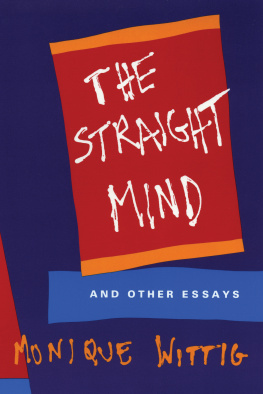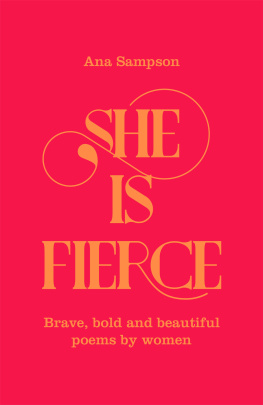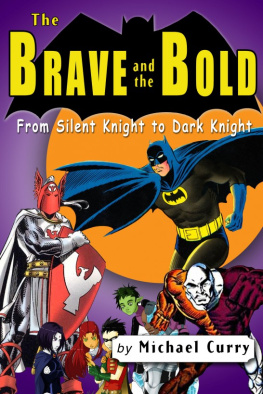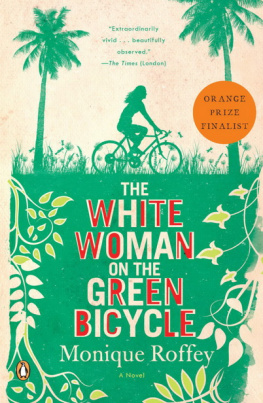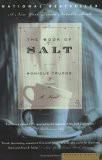The Bold and the Brave:
A History of Women in Science
and Engineering
The Bold and the Brave:
A History of Women in Science
and Engineering
MONIQUE FRIZE
WITH CONTRIBUTIONS FROM
PETER R. D. FRIZE
AND
NADINE FAULKNER
University of Ottawa Press
UNIVERSITY OF OTTAWA PRESS, 2009
All rights reserved.
The University of Ottawa Press acknowledges with gratitude the support extended to its publishing list by Heritage Canada through its Book Publishing Industry Development Program, by the Canada Council for the Arts, by the Canadian Federation for the Humanities and Social Sciences through its Aid to Scholarly Publications Program, by the Social Sciences and Humanities Research Council, and by the University of Ottawa.
We also gratefully acknowledge the Faculty of Engineering and the office of the Vice President of research of the University of Ottawa as well as the Faculty of Engineering of the University of Carleton whose financial support has contributed to the publication of this book.
Library and Archives Canada Cataloguing in Publication
Frize, Monique, 1942
The bold and the brave: a history of women in science and engineering / Monique Frize; with contributions from Peter R.D. Frize and Nadine Faulkner.
Includes bibliographical references and index.
ISBN 978-0-7766-0725-2
1. Women in scienceHistory. 2. Women in engineeringHistory. 3. WomenEducationHistory. 4. WomenIntellectual life. 5. Women in scienceBiography. I. Frize, Peter R. D., 1940 II. Faulkner, Nadine, 1964 III. Title.
Q130.F765 2009 305.435 C2009-906129-5
UNIVERSITY OF OTTAWA PRESS
542 King Edward Avenue
Ottawa, Ontario K1N 6N5
www.uopress.uottawa.ca
To my son Patrick.
In memory of my mother, Paule,
and my sister, Danielle.
CONTENTS
Chapter 1
From Ancient Times to Early Modern Europe
Chapter 2
Renaissance and Enlightenment
Chapter 3
The Classic Arguments and Debates
Chapter 4
Women Who Participated in Science in Early Modern Europe
Chapter 5
Education for Women in the 16th and 17th Centuries
Chapter 6
Education for Women in the 18th Century
Chapter 7
School and University Reforms in the 19th Century
Chapter 8
Women in Engineering, Mathematics, and Science in the 20th Century
Chapter 9
Obstacles to the Entry of Young Women into Science and Engineering
Chapter 10
Recruitment and Outreach
Chapter 11
Strategies to Attract and Retain More Women
Chapter 12
Women in Scientific and Engineering Workplaces
Chapter 13
Strategies for Equitable Workplaces
Chapter 14
Developing a New Culture in Science, Engineering, and Technology
Chapter 15
The Bold and the Brave: Sophie Germain, Mileva Mari Einstein, and Rosalind Franklin
He decided to wait no longer before putting his project into effect, for he was afflicted by the thought of how much the world would suffer because of his tardiness. Many were the wrongs that had to be righted, grievances redressed, injustices made good, abuses removed, and duties discharged.
Cervantes, Don Quixote
This book represents, to a large extent, the legacy of the knowledge I acquired and shared while I was the first holder of the Northern Telecom (later Nortel) and Natural Sciences and Engineering Research Council (NSERC ) chair for Women in Science and Engineering at the University of New Brunswick between December 1989 and June 1997. The chair was launched in May 1989 with a national mandate to help to increase the enrolment of women in engineering studies, and to encourage employers and the professions to adopt effective women-friendly policies in order to attract and retain increasing numbers of women in the professions and workplaces.
During the years when I was crisscrossing Canada to do this work, there were times when I felt like Don Quixote: there was so much to be done that I wondered if my mission was one of battling windmills. As I travelled from one province to another I met many women engineers and scientists who gave time to visiting schools and to mentoring a new generation of girls and young women. Many of these women also shared their expertise with me, examining the challenges and obstacles that limit the participation of women in some fields, especially physics, computer science, and electrical, mechanical, and computer engineering. The role of the chair was to be a catalyst, to network with leaders of dozens of initiatives in Canada, and elsewhere, to share best practices and ideas that were likely to be successful, and to discuss approaches that were seen to be less effective. There is no doubt that the initiatives launched across the country between 1990 and 1995 were very effective. The rate of women obtaining degrees in engineering in Canada in 1995 was 54 percent higher than it had been five years earlier (18.9 percent in 1995, compared to 14 percent in 1990).
Although recruitment strategies succeeded in helping to bring about a substantial increase in the numbers of women studying and working in science and engineering during the closing years of the 20th century, not only in Canada but in many other western countries, these gains were followed by a serious decline between 2003 and 2007. This decline occurred at a time when women were enrolling in larger numbers than men in post-secondary education, and when women made up more than half of the classes in medicine, law, and business. What was so peculiar about the physical sciences and engineering that they remain the only fields dominated by men in the early years of the 21st century? In order to understand why women are seriously underrepresented in a number of fields in science and engineering today, it is useful to understand the ways in which their participation in these fields has differed from mens participation throughout the ages. There have been brilliant women in science since the beginning of recorded history, but what were the educational opportunities for girls and women, compared to those for boys and men, in past centuries? How did society view womens intellectual capacities, and their ability to learn and do science and mathematics, throughout the ages? How did this affect their access to education, especially in the sciences and mathematics? Is the culture of science and engineering predominantly masculine? If so, how did this develop? Are there biases and prejudices involved in the ways in which success is rewarded, in what gets funded, and in what gets published? Finally, will a critical mass of women in science and engineering bring about some changes to the culture, to the topics of inquiry, and will women who join these fields be comfortable in recognizing and integrating so-called feminine values into the world of science and engineering? These are some of the questions explored in this book.
A major inspiration behind this book is the life and work of Christine de Pizan (1363c. 1434), author of Le Livre de la cit des dames (1405, The Book of the City of Ladies), which depicts the lives and accomplishments of several women, including scientists and inventors, to demonstrate that women could be as learned as men. In addition to this remarkable achievement, she took up the battle against the misogyny portrayed in the poem the









